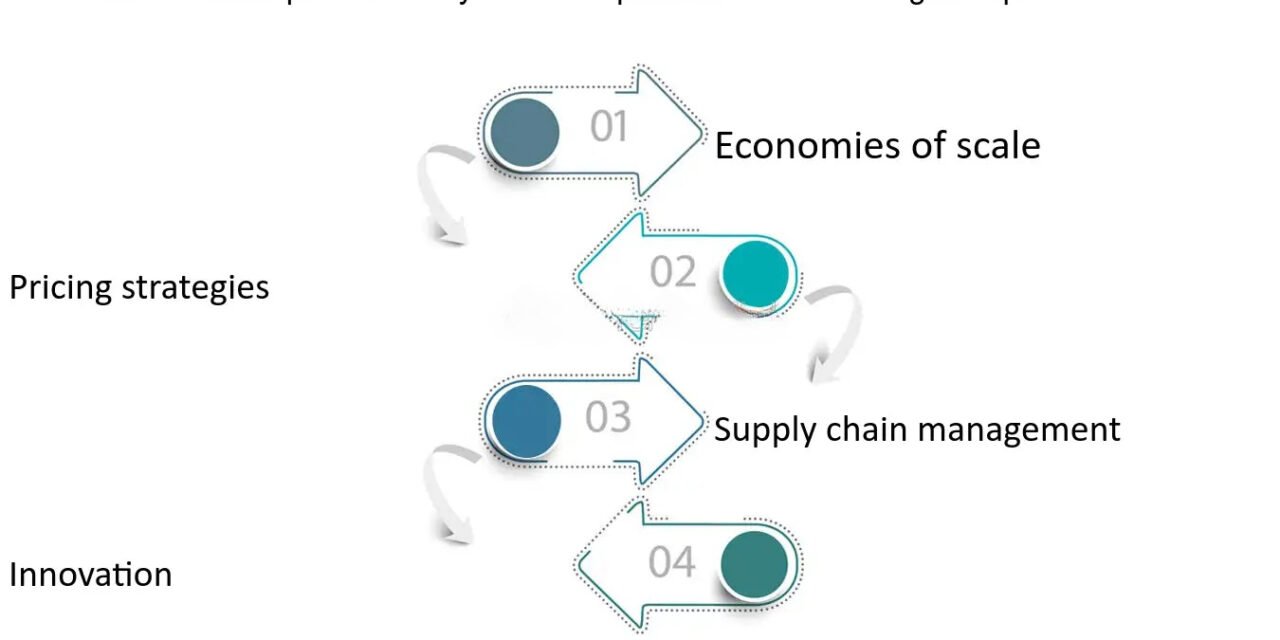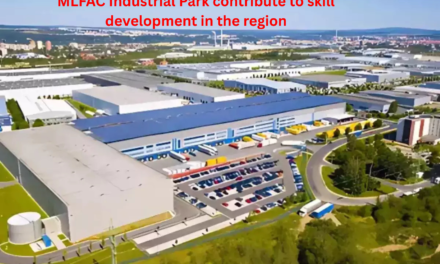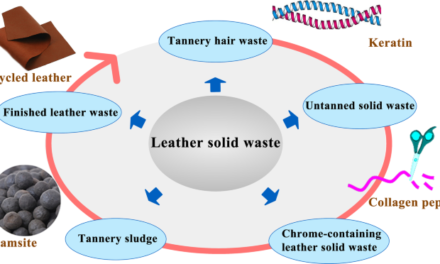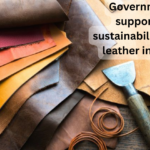The volatility of raw material prices, particularly hides and skins, significantly impacts the leather trade. Here’s how:
- Profit Margin Fluctuations: Rising raw material costs directly erode profit margins for tanners and manufacturers. This can force them to either absorb the increased costs, leading to lower profitability, or pass them on to consumers, potentially impacting demand.
- Price Instability: Volatile raw material prices create uncertainty and instability in the market. This makes it difficult for businesses to accurately forecast costs and plan production, hindering long-term investments and growth.
- Competitive Pressure: Companies in regions with stable raw material costs may gain a competitive advantage over those in regions facing price volatility. This can lead to shifts in production and trade patterns.
- Supply Chain Disruptions: Extreme price fluctuations can disrupt the supply chain, as businesses may struggle to secure adequate and affordable raw materials. This can lead to production delays and potential shortages.
Key Factors Contributing to Raw Material Price Volatility:
- Supply and Demand: Fluctuations in livestock populations, changes in consumer demand for meat, and variations in agricultural production can significantly impact the availability and price of hides and skins.
- Geopolitical Events: Events like droughts, floods, and diseases affecting livestock can disrupt supply chains and drive up prices.
- Currency Fluctuations: Changes in exchange rates can impact the cost of imported raw materials and finished products.
- Speculation: Speculation in commodity markets can also contribute to price volatility.
Strategies to Mitigate the Impact of Price Volatility:
- Hedging: Implementing hedging strategies, such as futures contracts, can help mitigate the impact of price fluctuations by locking in prices for future purchases.
- Diversification: Diversifying raw material sources and exploring alternative materials can reduce reliance on a single source and mitigate price risks.
- Long-term Contracts: Establishing long-term contracts with suppliers can help secure stable raw material supplies at predictable prices.
- Efficient Inventory Management: Effective inventory management can help businesses minimize the impact of price fluctuations by optimizing stock levels and reducing the risk of losses due to price declines.














